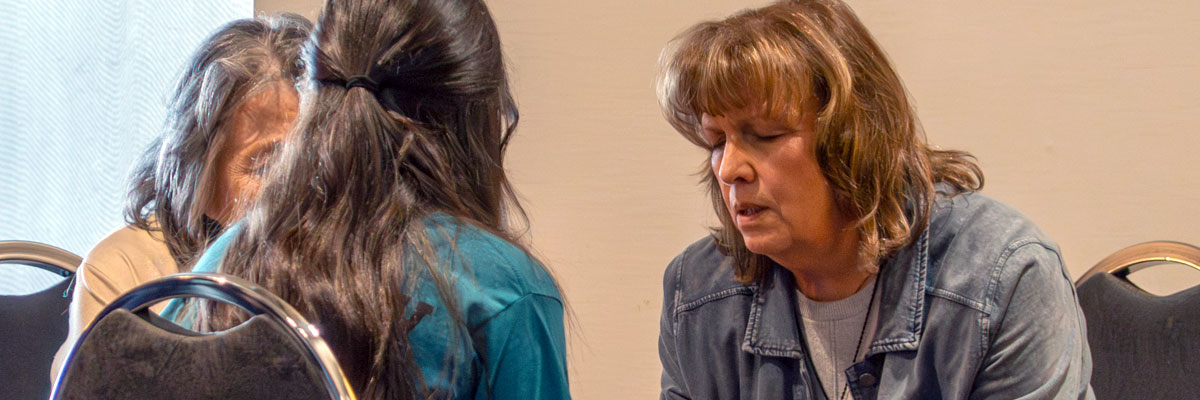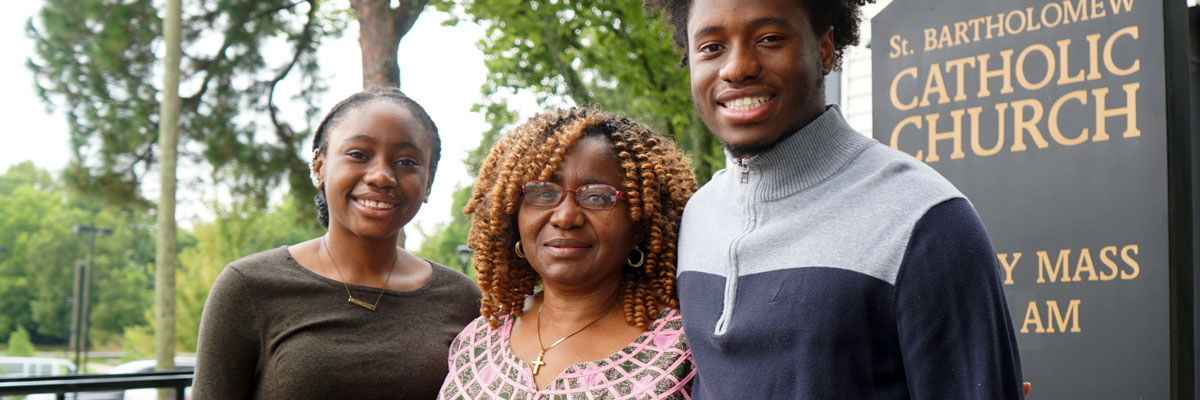Official Website of the
Catholic Diocese of Little Rock
Peace Prayer attributed to St. Francis because it reflects his spirit
Published: March 19, 2005
By Betsy Wiederkehr Huss
In today’s turbulent world, as Holy Week approaches and Lent comes to a close, I keep reflecting on a prayer that has been dear to me since my childhood.
People of varied backgrounds and faiths, the world over, have embraced these words and try to flesh them out in their daily lives in hope of being instruments of peace in this world, in their communities, in their homes.
I am referring to the Prayer of St. Francis, also called the Peace Prayer, and in Assisi the title, A Simple Prayer, is always used. St. Francis of Assisi did not personally write these words but they are attributed to him because they definitely reflect his spirit. And he was trying to reflect Jesus’ spirit in this world.
We, too, are to bring this spirit of peace, healing, reconciliation, and unity into all our relationships. This prayer shares how we can better live the Gospel message of Jesus.
“Lord, make me an instrument of your peace.
Where there is hatred, let me sow love;
Where there is injury, pardon;
Where there is doubt, faith;
Where there is despair, hope;
Where there is darkness, light;
And where there is sadness, joy.
O Divine Master, grant that I may not so much
seek to be consoled as to console;
To be understood as to understand;
To be loved as to love.
For it is in giving that we receive,
It is in pardoning that we are pardoned, and
It is in dying that we are born to eternal life.”
Even though an 11th-century French prayer resembles the first section of the prayer, the Peace Prayer did not appear until 1912 when it was printed in La Clochette (The Little Bell), a small French magazine published by Father Ester Bouquerel. The prayer was published anonymously under the title, which translates to “A Beautiful Prayer to Say During the Mass.” Even today, the authorship still remains a mystery.
In 1915, Pope Benedict XV received the prayer from French Marquis Stanislas de La Rochethulon. It appeared in Italian in 1916 when the Vatican’s daily newspaper printed it.
Around 1920, a Franciscan priest printed the prayer on the back of a picture of St. Francis of Assisi with the French title that means, “Prayer for Peace.”
In 1927, for the first time, the prayer was attributed to St. Francis by the Knights of the Prince of Peace, a French Protestant movement.
Then, in 1936 the English translation appeared in the book, “Living Courageously,” which was written by Kirby Page. Page was a Disciple of Christ minister, social evangelist and pacifist. During World War II and directly after, this prayer for peace was widely circulated as the Prayer of St. Francis, most notably done so in Cardinal Francis Spellman’s books.
If this prayer had been attributed to someone else, would it have become as renowned? Even today, Christians and non- Christians alike revere St. Francis of Assisi as being a follower who walked most closely in the footsteps of Christ. In fact, later in life Francis was even afflicted with the stigmata, the oozing, painful sores corresponding to and resembling the wounds of Jesus’ crucifixion.
Betsy Wiederkehr Huss has a master’s degree in theology and has been involved in campus and youth ministry for 20 years. She lives in Jonesboro.









